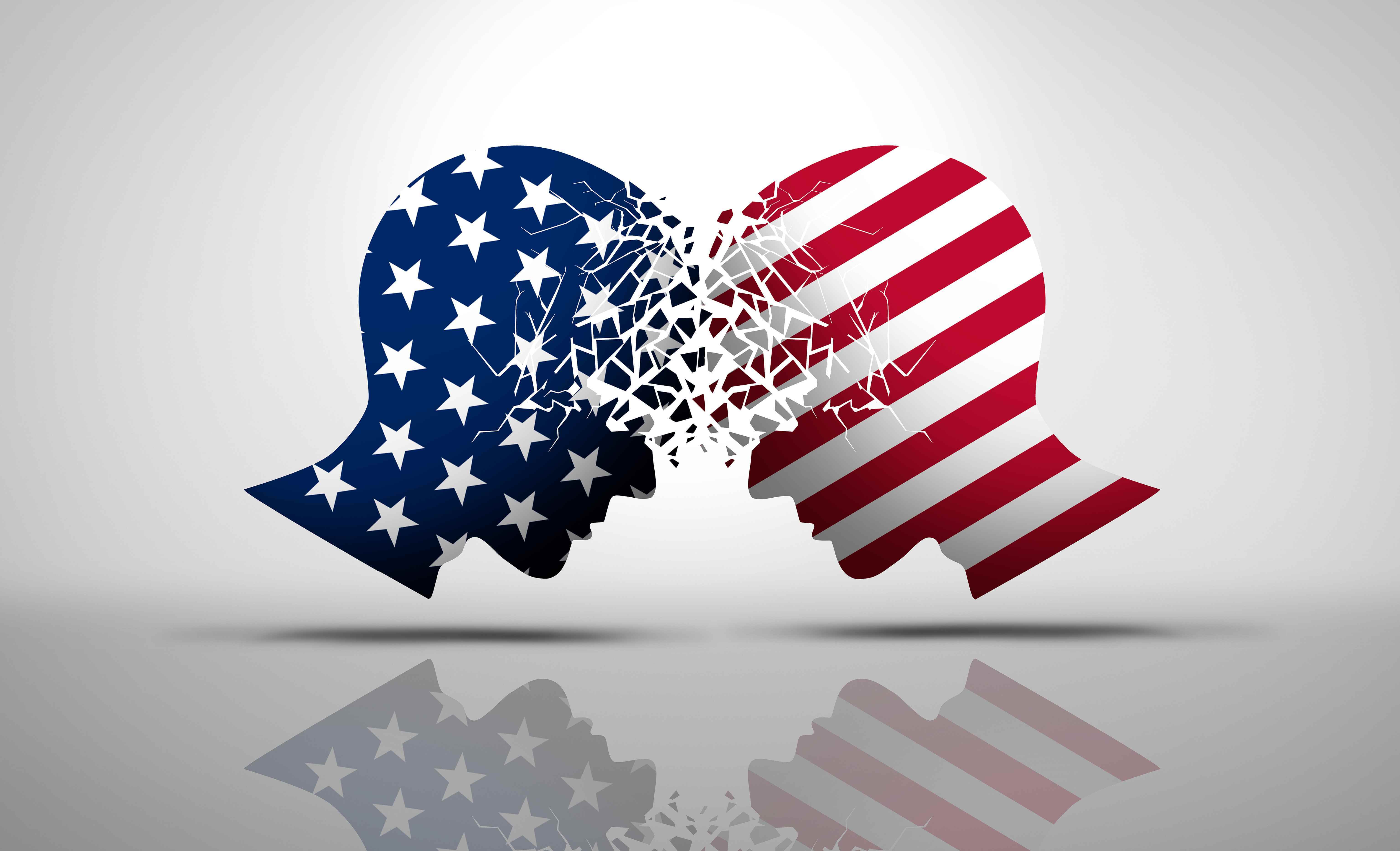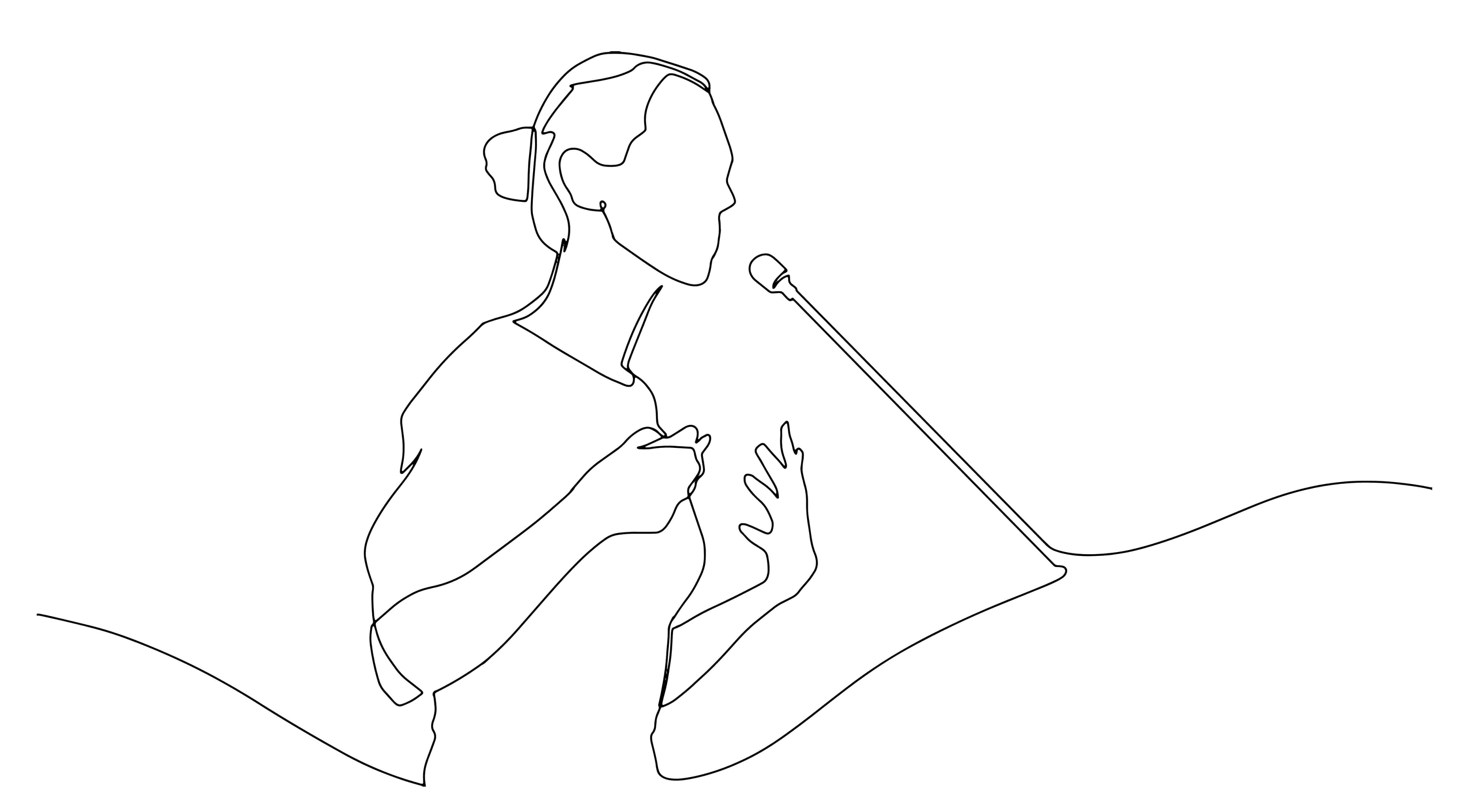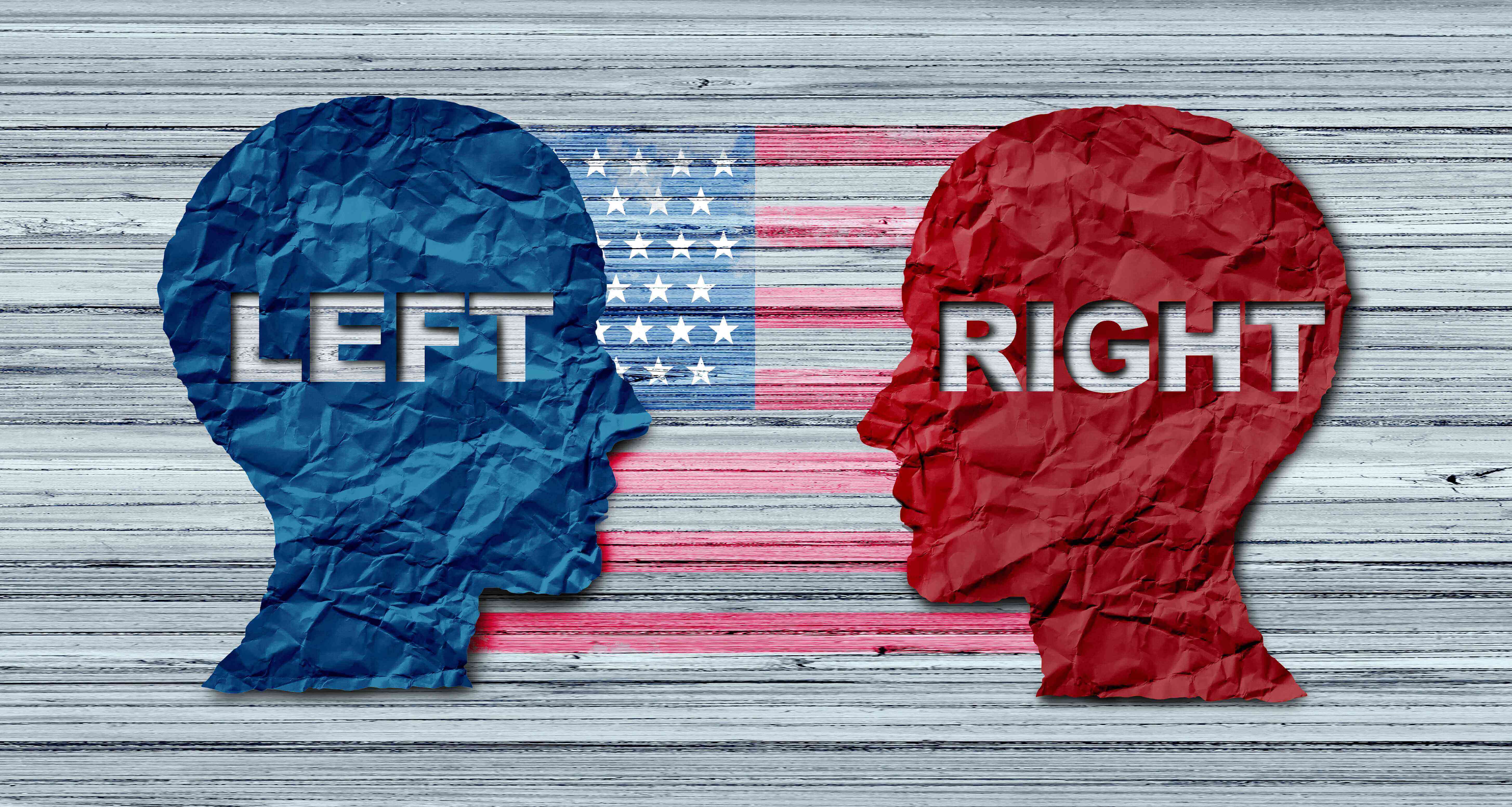Trudeau Disappeared During Canada’s Election — And His Party Was Thrilled

OTTAWA — Justin Trudeau held the spotlight in Canada for almost a decade, then he pretty much just disappeared.
That the former prime minister was nowhere to be found during the campaign leading to Election Day was a quiet relief to Liberal Party candidates on the trail.
Trudeau announced his exit in January after being pushed out by his party, which feared a washout when it next faced voters.
“He’s all we’d be talking about,” Liberal candidate Rob Oliphant said of his former boss and what would have happened had he not resigned.
But Trudeau’s exit and the return of Donald Trump created the conditions for the unlikely rise of Liberal Leader Mark Carney — in Oliphant’s words: “a match to deal with the situation.”
Carney took over as leader and prime minister on March 14, and with signs of a rebound in the party’s prospects, quickly called an election. Trump’s trade war and “51st state” taunts have raised the stakes on Election Day, which many in Canada now talk about as a generational decision.
During his short stint as prime minister, Carney started to cut ties with Trudeau-era policies. On the campaign trail, the former central banker sold himself as having the economic credibility to manage Trump’s tariffs while standing up to the president’s provocations.
Even as Conservatives tried to link Carney to his predecessor, the Liberal base was showing new life, drawing back those who’d left under Trudeau.
“I was a big supporter of Trudeau in his early years, but I got very disillusioned. I felt the government was making bad decisions for the last two or three years, to the point that I resigned my membership in the party,” said Toronto resident Eric Rothschild. He’s back volunteering for the party in a battleground district.
Trudeau, who is reportedly renting a home in Ottawa, has not played a role in the Liberals’ national campaign. He emerged on the trail just once, to help his former deputy chief of staff campaign in her electoral district — which Trudeau held for 13 years.
In the middle of the campaign, Trudeau’s single exit interview aired on PBS, pre-recorded on March 10 before he left office. It didn’t get much media coverage, nor did he say anything to create static for Carney’s campaign.
“I’m feeling serene about everything that I got done. I’m feeling excited about being able to spend more time with my kids, excited about, you know, looking for other ways to contribute,” Trudeau said on “Canada Files.”
“But I think I had a good run, and I’m feeling good about it, and glad to be handing off a party that’s healthy, to a strong leader that is going to keep fighting for the things that matter.”
Days after he left the Prime Minister’s Office for the last time, Trudeau posted a selfie of himself shopping for home goods at a Canadian Tire, a retail chain similar to Walmart.
And then he faded from the political scene, which turned out to be just fine by Canadians.

“I didn't like how he talked to people like they're idiots. His tone, I was like ‘please don’t talk to us like that,’” said Sinead Zalitach, a voter from Toronto, who will be casting her ballot for the Liberals under Carney in a district Conservatives are hoping to flip.
For nearly two years, Liberals trailed the Conservative Party by double digits in the polls. But with Trudeau out of the picture, the party bounced back as it seized on Canadians’ anxiety over Trump.
Carney’s first move was to ax the Liberal government’s consumer carbon price.
“He knew a big part of Canada didn’t like that policy, so he withdrew it. That’s what good politics is, and what a good prime minister will do,” said Jerome Lai, who lives in a suburb of Toronto, a hotly contested district.
Lai, who was wearing a Canadian jersey with “Never 51” on it, had it signed by the prime minister at one of his recent rallies. He told POLITICO he’s voting Liberal, because he believes Carney’s record of managing two central banks is what Canada needs to protect its economy from “the orange bogeyman from the U.S.”
During the final years of Trudeau’s three terms in office, which included the Covid-19 pandemic, he had to contend with widespread dissatisfaction over the cost of living and high immigration.
Conservative Leader Pierre Poilievre has tapped into those sentiments, running on a “change” platform. He argued that Carney would be “just like Justin” and blamed Trudeau’s policies for a “lost Liberal decade.” But the message has not seemed to resonate with many Liberal supporters.
An exclusive poll by Focaldata for POLITICO shows Carney effectively distinguished himself from Trudeau. About 46 percent of voters polled said Carney “mostly represents something different from Justin Trudeau’s leadership,” and that they will base their decision on whether to vote for the Liberals primarily on Carney’s recent leadership rather than the party’s decade-long record.
That’s the case for Toronto-resident Ljiljana Tosic, a retiree, who says she was never a fan of Trudeau.
“I didn’t really have trust in him,” she said. “I like Carney because he has experience.”


